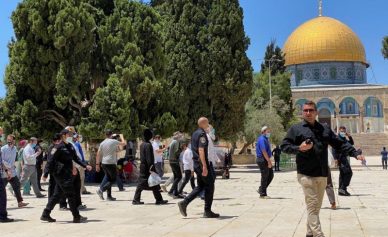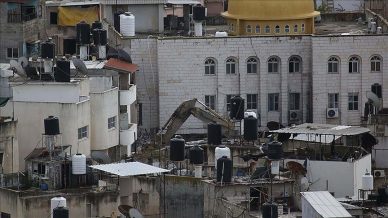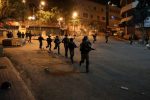The Israeli occupation authorities (IOA) have recently escalated plans to gain control over Wadi al-Rababa in Silwan town to the south of the Al-Aqsa Mosque in Occupied Jerusalem as it constitutes the main gateway that connects the eastern and western areas of the occupied city.
Wadi al-Rababa’s area is estimated at around 210 dunums containing many relics caves and tombs dating back to the Canaanite period (5000 years ago) with fig and olive trees of about 1000 years old.
In March 2020 the IOA took advantage of the Covid-19 outbreak to implement a number of settlement projects and plans in the neighborhood with the aim of changing its Arab Islamic character.
Ahmed Simrin a member of the Wadi al-Rababa Committee in Silwan pointed out that eight Israeli institutions led by the so-called Nature Authority have been implementing a number of Judazaition projects over the past two years.
The Nature Authority recently planted fake trees in the neighborhood under the pretext of protecting nature. However their only aim is to seize more lands in profit of Jewish settlement expansion he added.
He explained that many lands’ owners in Wadi al-Rababa area have clear ownership papers. However the IOA continued to target their property with confiscation and demolition under flimsy pretexts.
“We will remain steadfast in this land no matter how much they try to steal or take control of it” Simrin said.
Wadi al-Rababa is called by this name because its area is narrowed from the top and begins to expand gradually towards the bottom. It is similar to the ancient Arab musical instrument Rababa.
The neighborhood’s name is different from its old one. In the Canaanite period the valley was called Hell Valley. The elderly Jerusalemites call it the Haram land as it is the dividing line between the eastern and western areas of the holy city.
The Wadi al-Rababa neighborhood overlooks al-Rahma Gate which Muslims turned into a cemetery. It also overlooks a cemetery for Christians in addition to an old pagan cemetery dating back to the Pharaonic era.















